class iii rapids definition
Rapids that are at the upper end of this difficulty range are designated Class II. Swimmers are seldom injured and group assistance while helpful is seldom needed.

How River Rapids Are Classified
The Upper Klickitat River raft trip and Tieton River rafting trip epitomize the class III rafting adventure.
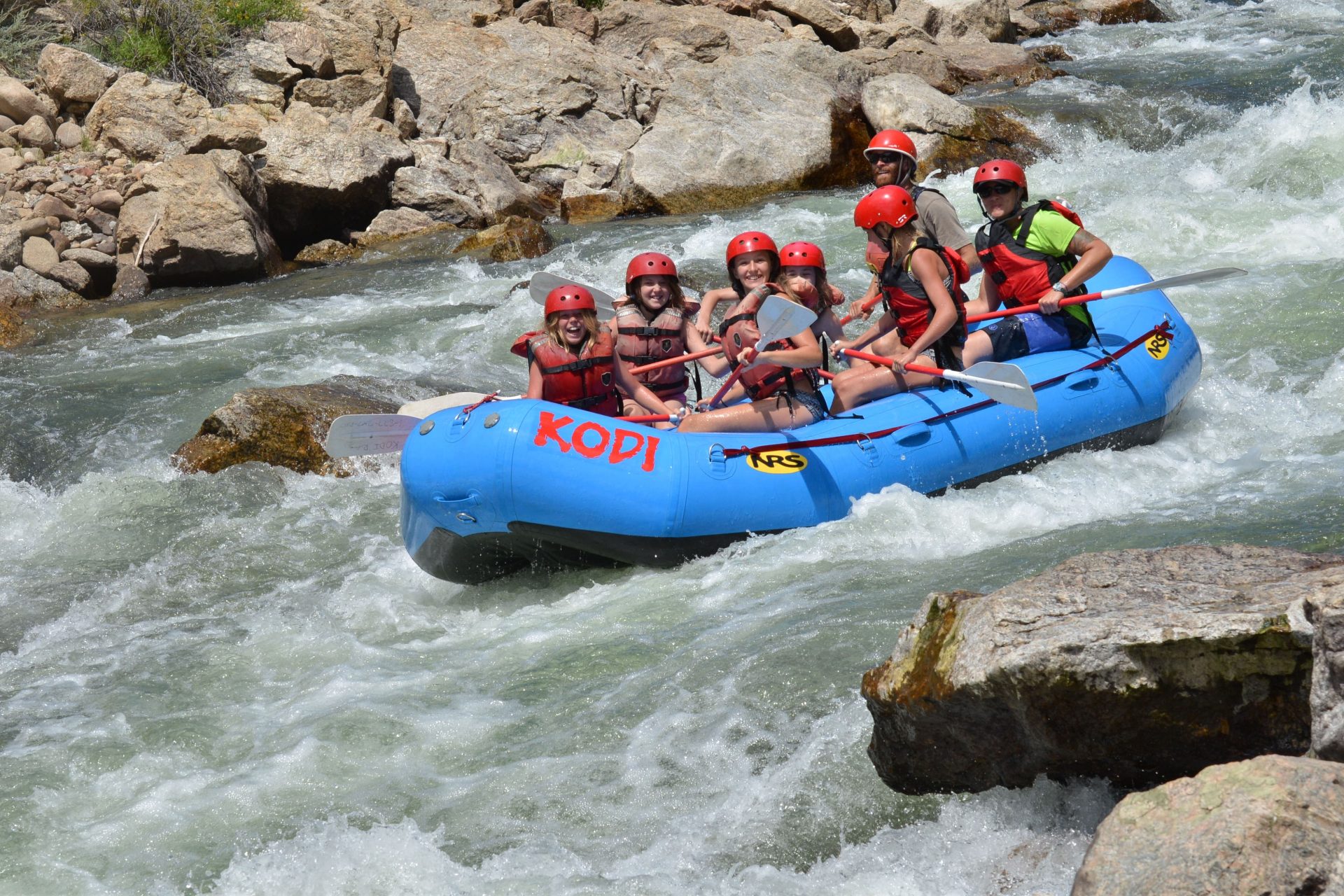
. Intermediate Rapids with moderate irregular waves which may be difficult to. Narrow passages that often require precise maneuvering. Complex manoeuvres and good boat control are required.
How would you tell the difference between grade 2 and 3. May require significant maneuvering. Correspondingly what do Class 2 rapids look like.
Class II rapids feature a Class II subcategory reserved for rapids on the more complex end of this category that dont qualify as Class III rapids. Click to see full answer. A Class II rapid that is close to the difficulty of III is denoted II.
Large waves or. Basic Paddling Skill Class 3. Generally these rivers are straightforward and self-rescue is possible.
Class IV big drops will jump-start your heart as you paddle through the intense whitewater. Rapids that are at the upper end of this difficulty range are designated Class II. Rapids with moderate irregular waves strong eddies and currents.
Grade 3 rivers usually require you to paddle a certain route to avoid obstacles such as rocks along the river. What this means is that you rate a rapid based on the statistical probability that you will hit an obstacle while trying to navigate the rapid. Powerful turbulent and.
Class III wet and fun rapids will get you soaked head to foot. The chance is extremely low but it does exist. Class III Rapids Intermediate Recommended Skill Level.
Self-rescue is usually easy and injuries to swimmers are rare. Class III rapids known as Intermediate are characterized by. Rapids with moderate irregular waves strong eddies and currents.
Be difficult to avoid and which can swamp an open canoe. When this difficulty is at the lower end of the class it is denoted III- and when at the upper end it is III. Moderate Waves numerous high irregular.
Complex maneuvers in fast current and good boat control in tight passages or around ledges are often required. Whitewater medium waves maybe a 35 ft drop but not much considerable danger. Class III Device Definition The Food and Drug Administration FDA classifies medical devices into three main categories.
Scouting is recommended for inexperienced paddlers. Rapids with passages clear though narrow requiring experience in maneuvering. Scouting is recommended for inexperienced paddlers.
May require group assistance. Some rough water maybe some rocks small drops might require maneuvering. Large waves or strainers may be present but are easily avoided.
No previous experience is necessary. Strong eddies and powerful current effects can be found particularly on large-volume rivers. Class 3 rapids are the first category of rapid that you run the chance of hitting or running aground on a rapid.
Rapids with moderate irregular waves strong eddies and currents. When this difficulty is at the lower end of the class it is denoted III- and when at the upper end it is III. Rapids with moderate irregular waves.
Rapids with moderate irregular waves which may be difficult to avoid and which can swamp an open canoe. Very small rough areas requires no maneuvering. As the river winds out of the mountains it drops to.
Rapids with moderate irregular waves which may. They also include distinctive waves and stoppers and sometimes even drops. Rapids with high irregular waves.
Getting a little more technical grade 3 rivers are more technically difficult. Major hazards are easily avoided. Rapids classed III are considered intermediate level difficulty.
Class II splashes will get your legs wet just over the side of the boat. A Class II rapid that is close to the difficulty of III is denoted II. Complex maneuvers in fast current and good boat control in tight passages or around ledges are often required.
Class V violent rapids will really get your adrenaline pumping and often have to be portaged. Class III Whitewater. Day two of our Beginner Kayak Course progresses to class II on the Lower Klickitat River.
Complex maneuvers in fast current and good boat control in tight passages or around ledges are often required.

White Water Rafting For Kids Class Ii Iii Kodi Rafting
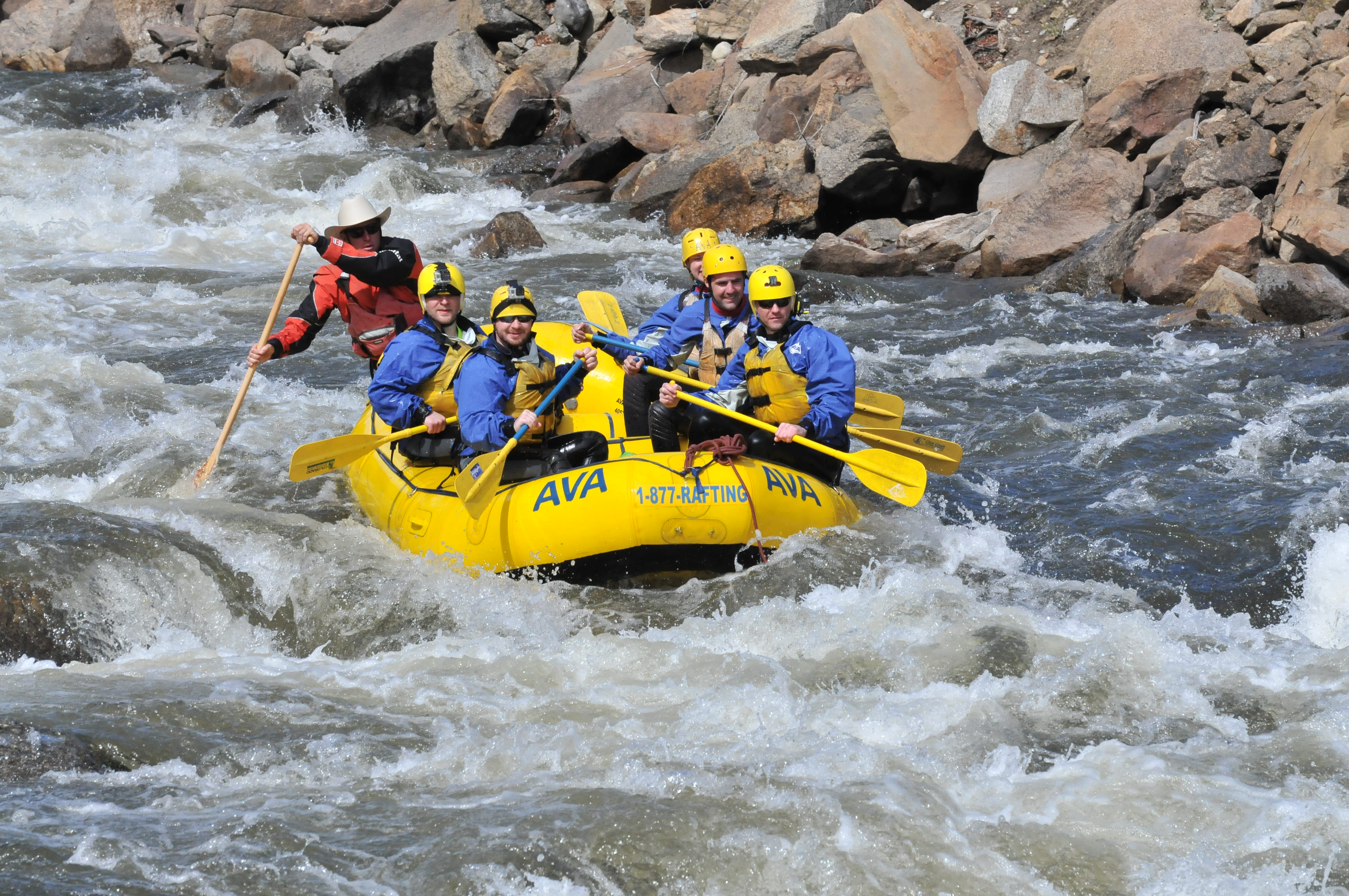
The Different Classes Of Rapids Explained
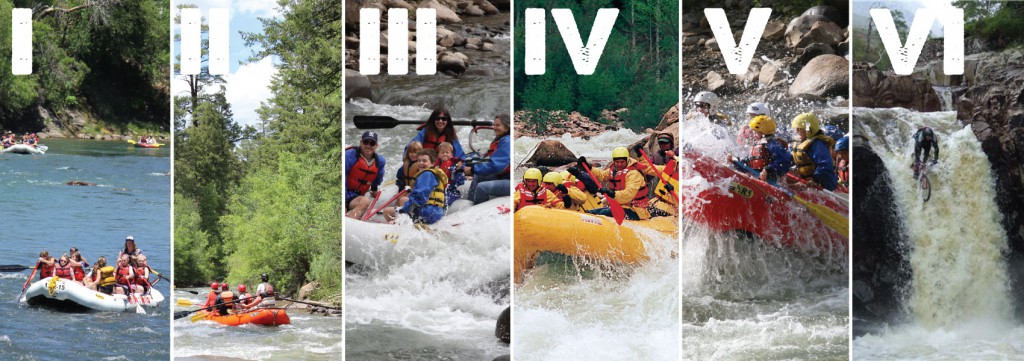
Rafting Trip Choosing The Right Rapids For You Mild2wildrafting
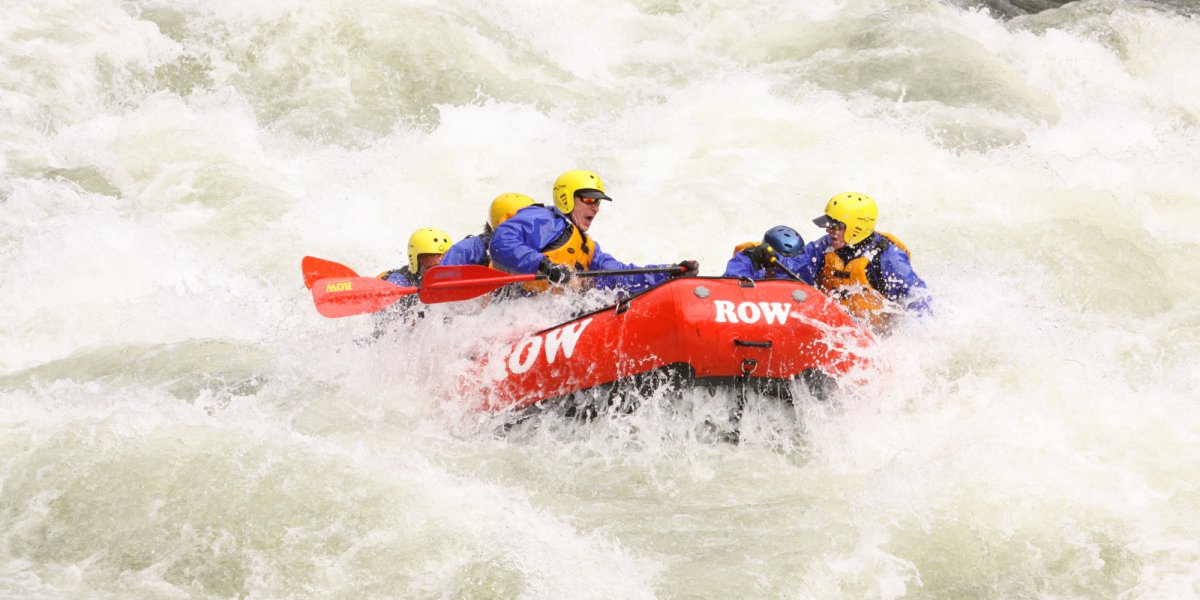
Whitewater Classifications Explained Row Adventures

Whitewater Rafting Rapid Classes Demystified Youtube

Whitewater Rapids The Universal Classification Guide
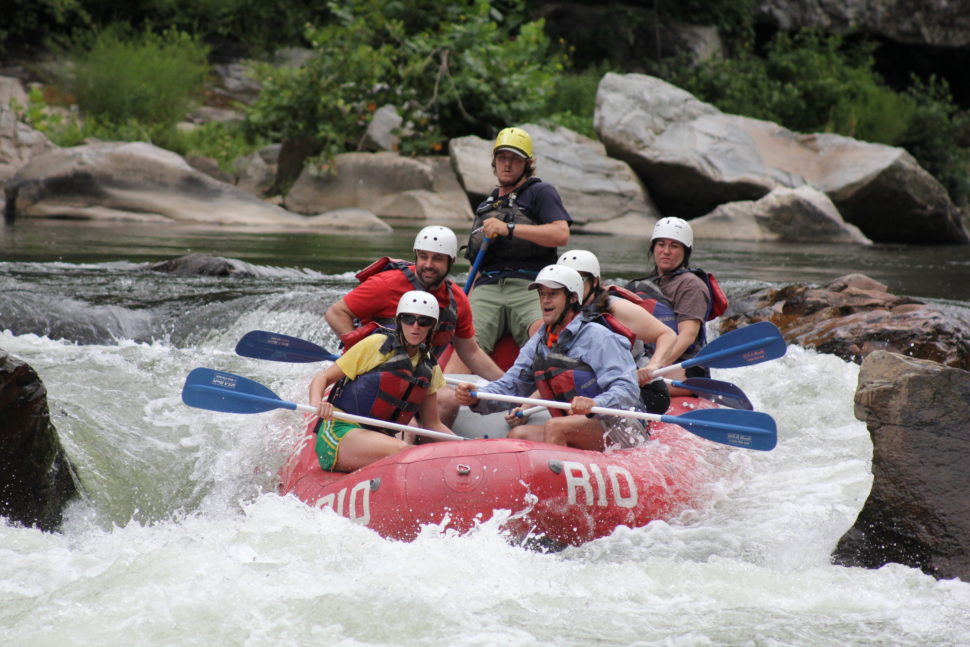
Wild Journey Rafting The Nolichucky River Northeast Tennessee

Guide To Rapid Classification With Pictures Video Voyageur Tripper
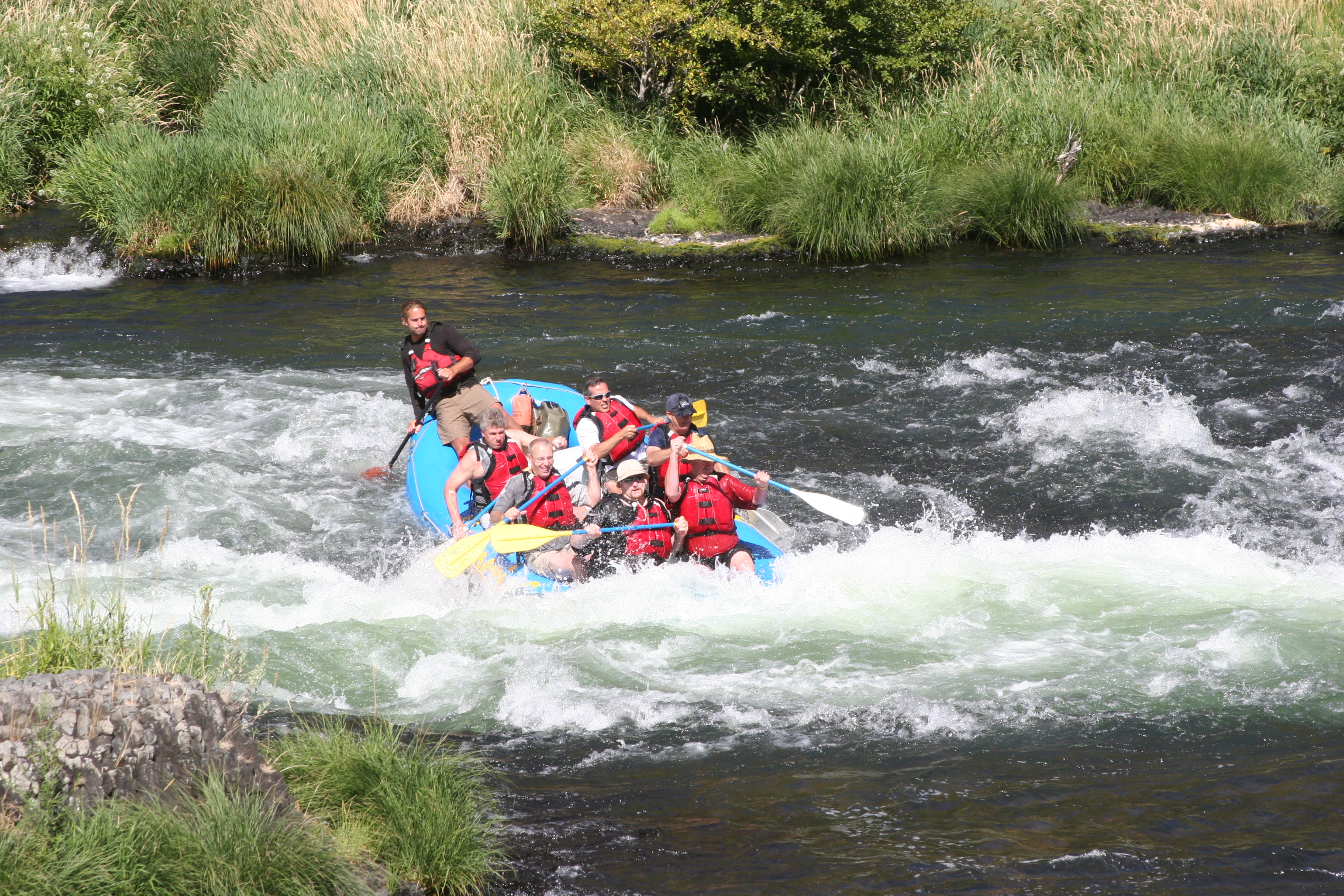
First Class Floating Whitewater Rapids Classes 101 Imperial River Company

The Different Classes Of Rapids Explained

Guide To Rapid Classification With Pictures Video Voyageur Tripper

Class Iii Rapids Fun Class Vi Rapids Death The Active Times

The Different Classes Of Rapids Explained

Whitewater Classifications Explained Row Adventures
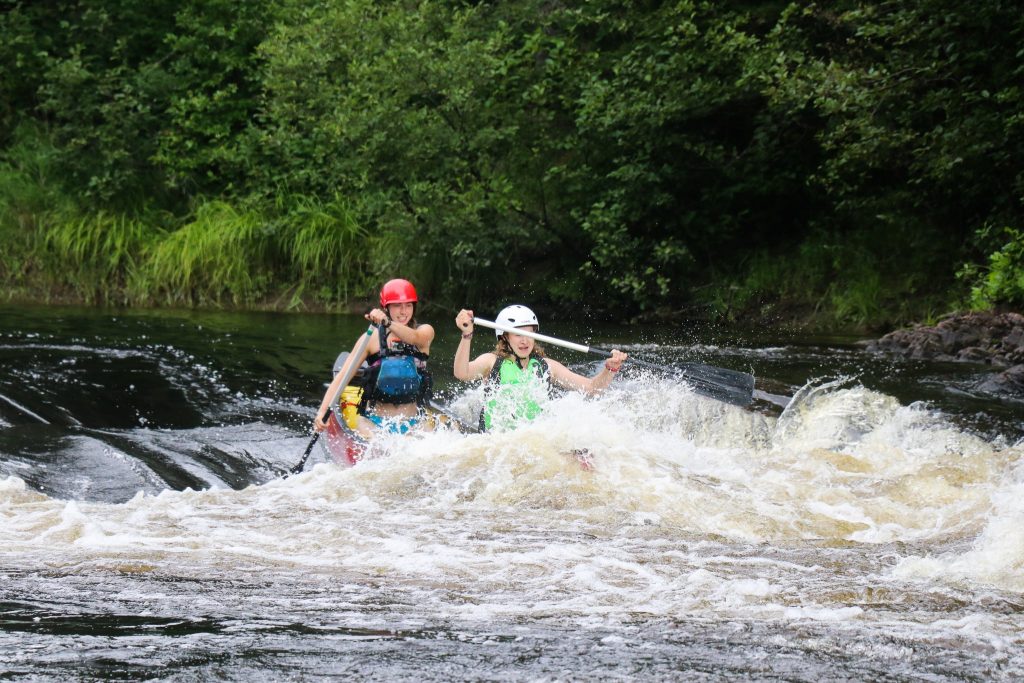
Guide To Rapid Classification With Pictures Video Voyageur Tripper

The Most Dangerous Rapids In The World Slideshow The Active Times

The Different Classes Of Rapids Explained

First Class Floating Whitewater Rapids Classes 101 Imperial River Company
